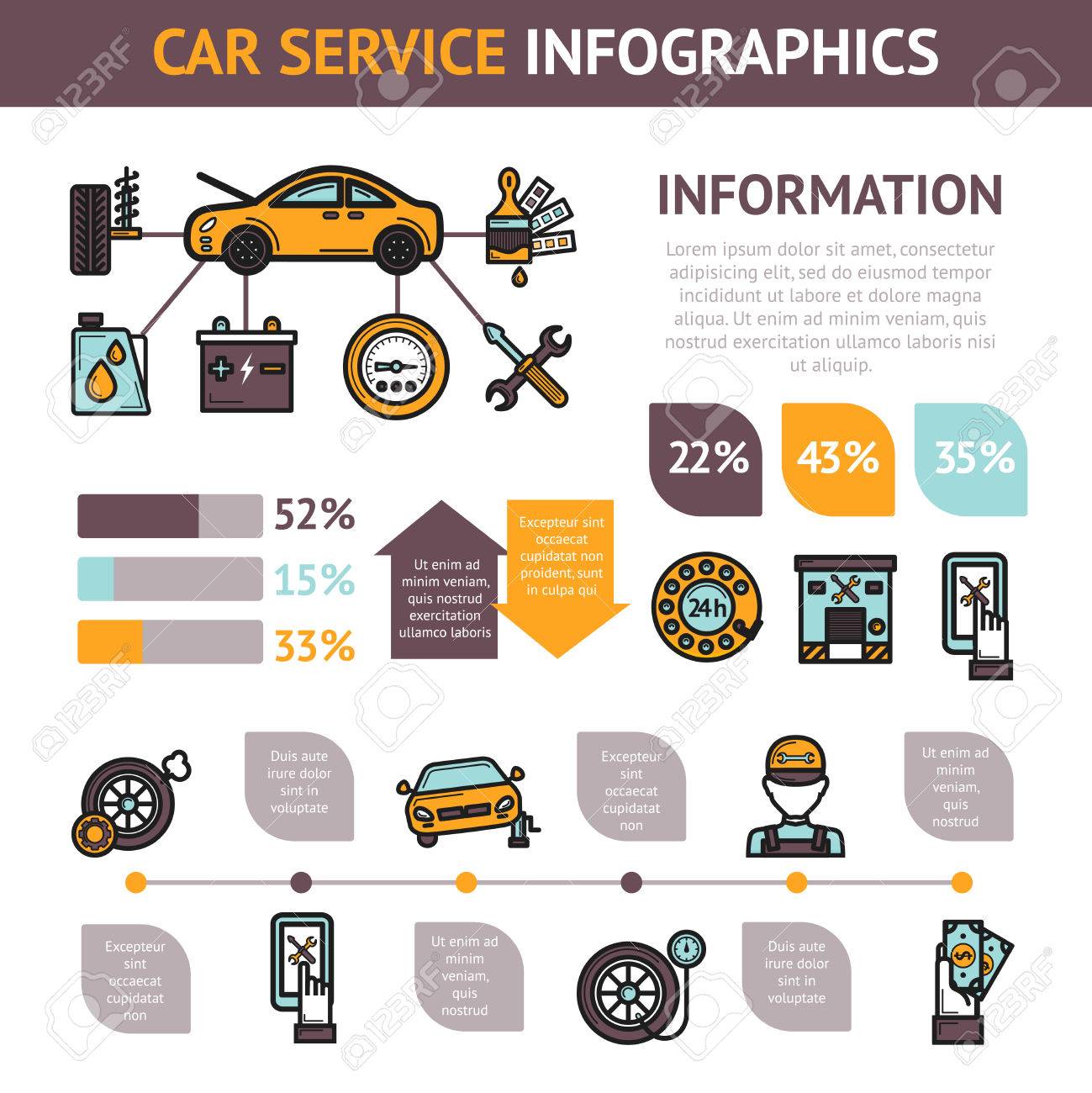Examining Your Cars And Truck'S Caution Indicators: What They Actually Share
Examining Your Cars And Truck'S Caution Indicators: What They Actually Share
Blog Article
Article Produced By-Lauritsen Winters
When you're behind the wheel, those glowing warning lights on your dashboard can be a bit puzzling. Do you understand what they're attempting to tell you about your cars and truck's wellness? Understanding the importance of these lights is crucial for your security and the longevity of your automobile. So, the next time among those lights turns up, wouldn't you want to decipher its message properly and take the essential actions to resolve it?
Common Caution Lighting and Interpretations
Determine usual caution lights in your automobile and understand their meanings to make sure safe driving.
One of the most common caution lights include the check engine light, which signals problems with the engine or discharges system. If this light comes on, it's vital to have your car examined promptly.
The oil stress cautioning light indicates low oil pressure, calling for prompt focus to stop engine damages.
botanyjunctioncargroomers blinking battery light may suggest a faulty billing system, possibly leaving you stranded otherwise resolved.
The tire pressure monitoring system (TPMS) light alerts you to low tire pressure, impacting automobile stability and fuel performance. Ignoring this might result in risky driving conditions.
The abdominal muscle light suggests an issue with the anti-lock stopping system, compromising your ability to quit rapidly in emergency situations.
Last but not least, the coolant temperature cautioning light warns of engine overheating, which can lead to severe damages if not settled promptly.
Recognizing these common warning lights will certainly assist you address issues promptly and maintain secure driving conditions.
Value of Prompt Focus
Comprehending the common warning lights in your cars and truck is only the first step; the value of without delay addressing these warnings can't be highlighted enough to guarantee your safety and security when driving.
When a warning light brightens on your control panel, it's your vehicle's method of interacting a prospective issue that needs attention. Ignoring these warnings can result in more severe troubles down the road, endangering your safety and possibly costing you much more in repairs.
Motivate focus to advising lights can prevent break downs and accidents. For instance, a flashing check engine light can suggest a misfire that, if left neglected, might trigger damage to the catalytic converter. Resolving Recommended Studying without delay can conserve you from a costly repair service.
Similarly, a brake system cautioning light might indicate low brake liquid or worn brake pads, crucial parts for your safety and security when driving.
DIY Troubleshooting Tips
If you discover a warning light on your control panel, there are a few do it yourself troubleshooting suggestions you can attempt before seeking expert help.
The primary step is to consult your cars and truck's guidebook to comprehend what the details caution light suggests. In some cases the problem can be as simple as a loosened gas cap setting off the check engine light. Tightening the gas cap may settle the issue.
An additional common problem is a reduced battery, which can set off various cautioning lights. Inspecting the battery links for deterioration and ensuring they're safe and secure might take care of the problem.
If a caution light continues, you can attempt resetting it by separating the vehicle's battery for a couple of minutes and after that reconnecting it. Additionally, checking your vehicle's fluid degrees, such as oil, coolant, and brake fluid, can help fix warning lights associated with these systems.
Final thought
In conclusion, recognizing your automobile's caution lights is essential for maintaining your automobile running smoothly and safely. By without carwax resolving these informs and understanding what they mean, you can avoid pricey repair work and possible breakdowns.
Remember to consult your automobile's manual for certain information on each cautioning light and do something about it appropriately to ensure a trouble-free driving experience.
Keep educated, stay safe when driving!
